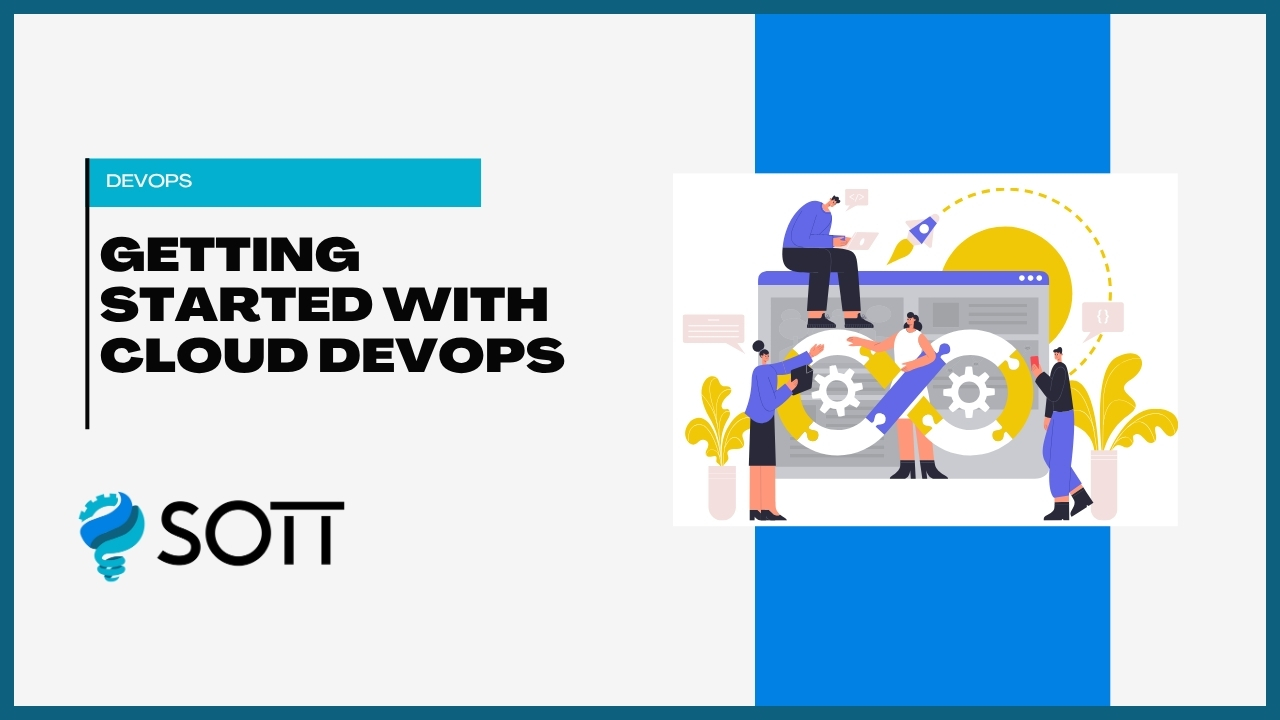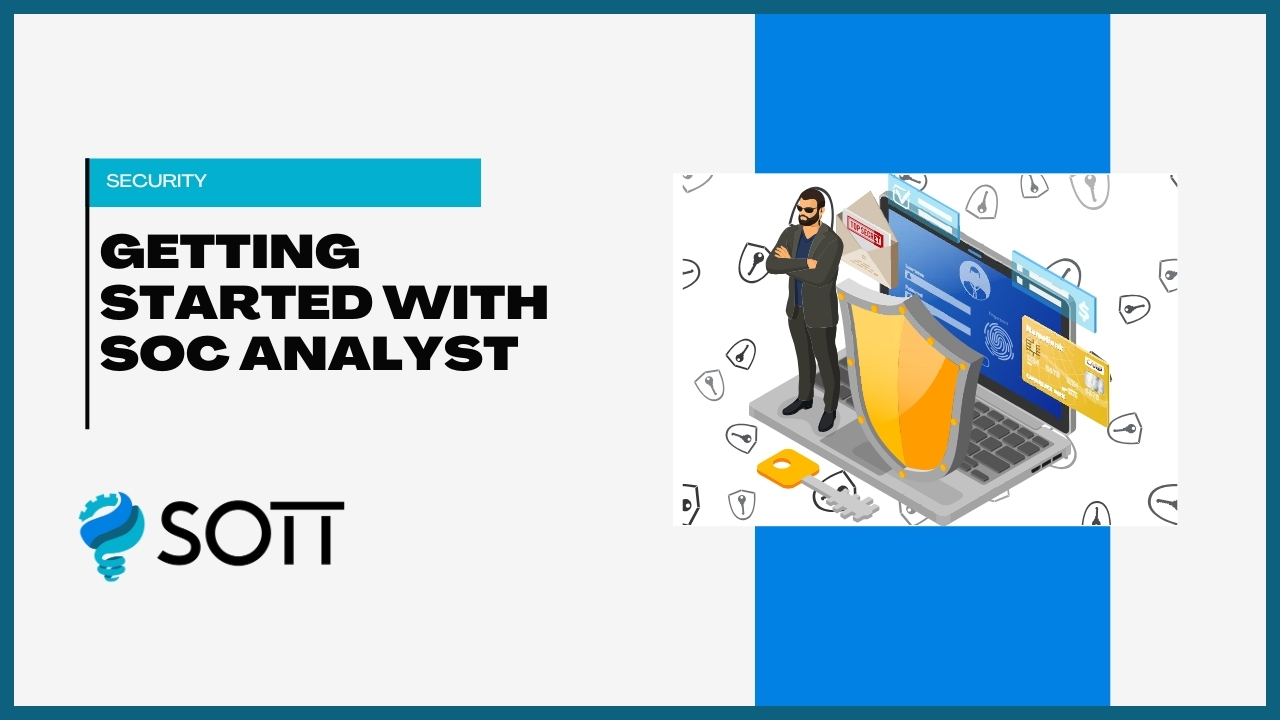Lesson 1: Introduction to DevOps
-
What is DevOps - Definition, Goals, Benefits, Real-world Examples
-
Key Principles of DevOps - Collaboration, Automation, Continuous Improvement, Breaking Silos
-
DevOps vs Traditional IT - Key Differences, Challenges in Traditional Models, How DevOps Addresses Challenges
Lesson 2: The DevOps Lifecycle
-
Plan Phase - Requirements, Backlog Management, User Stories
-
Develop Phase - Coding Practices, Version Control, Branching Strategies
-
Build Phase - Build Tools, Continuous Integration, Resolving Build Errors
-
Release and Deploy Phase - Deployment Strategies, Blue-Green Deployment, Canary Releases
-
Operate and Monitor Phase - Incident Management, Metrics and Feedback, Using Dashboards
Lesson 3: DevOps Roles and Responsibilities
-
Core DevOps Roles - DevOps Engineer, Release Manager, Automation Architect
-
Cross-Functional Teams - Developers, IT Operations, Quality Assurance (QA)
-
Collaboration Best Practices - Shared Goals, Communication Tools, Feedback Mechanisms
Lesson 4: DevOps Culture and Mindset
-
Importance of Culture - Breaking Silos, Encouraging Collaboration, Fostering Accountability
-
Transforming Organizational Mindset - Leadership Support, Continuous Learning, Experimentation and Innovation
-
Metrics and Success Indicators - Mean Time to Recovery (MTTR), Deployment Frequency, Change Failure Rate
Lesson 5: DevOps Evolution and History
-
Origins of DevOps - Agile and Lean Foundations, The Emergence of DevOps
-
Key Milestones - First DevOps Days Conference, Widespread Tool Adoption
-
Current Trends - DevSecOps, GitOps
Lesson 1: Continuous Integration (CI)
-
Overview - Definition, Objectives, CI vs Manual Integration
-
Tools and Techniques - Jenkins, GitHub Actions, Automating Test Cases
-
Benefits of CI - Early Bug Detection, Faster Builds, Consistent Feedback
Lesson 2: Continuous Delivery (CD)
-
CD vs Continuous Deployment - Key Differences, Use Cases, Staged Deployments
-
Building CD Pipelines - Stages, Automation Tools, Error Handling
-
Benefits of CD - Shortened Feedback Loops, Reliable Releases, Reduced Manual Effort
Lesson 3: Infrastructure as Code (IaC)
-
Introduction to IaC - Definition, Importance, Reproducibility
-
Popular IaC Tools - Terraform, AWS CloudFormation, Ansible
-
Best Practices - Versioning, Modularity, Avoiding Manual Changes
Lesson 1: Source Code Management
-
Version Control Systems - Git Basics, Branching and Merging, Pull Requests
-
Repositories - GitHub, GitLab, Bitbucket
Lesson 2: Build and Automation Tools
-
Build Systems - Maven, Gradle, Dependency Management
-
Automation Frameworks - Jenkins Pipelines, CircleCI, Scheduled Builds
Lesson 3: Testing in DevOps
-
Test Automation - Unit Testing, Integration Testing, Regression Testing
-
Tools for Testing - Selenium, JUnit, Postman for API Testing
Lesson 1: Cloud Infrastructure for DevOps
-
Cloud Service Models - IaaS, PaaS, SaaS
-
Popular Cloud Platforms - AWS, Azure, Google Cloud
-
Benefits of Cloud for DevOps - Scalability, Cost Efficiency
Lesson 2: Containerization
-
Docker Basics - Containers vs Virtual Machines, Docker Images, Docker Compose
-
Kubernetes Basics - Pods, Deployments, Services
-
Best Practices - Lightweight Containers, Image Security

- CategoryDevops / Cloud Automation
- LevelIntermediate
- Duration3 Months
- Available SeatsUnlimited
Course Key Highlights
Real-Time Experts
Learn from industry experts with real-time experience.
Placement Support
Get assistance in securing your dream job with our dedicated placement support.
Live Project
Work on live projects to gain hands-on experience.
Certified Professional
Become a certified professional with industry-recognized certification.
Affordable Fees
Get the best quality education at affordable fees.
Flexibility To Assist
Flexible learning options to assist you in every way possible.
No Cost EMI
Pay your course fees in easy installments with no cost EMI.
Free Soft Skills
Develop essential soft skills along with technical knowledge.
Popular Questions to Ask Before Choosing a Course
SOTT courses include comprehensive video lessons, hands-on projects, downloadable resources, and live mentorship sessions. Our curriculum is designed to provide you with all the tools you need to succeed in your chosen field.
No, SOTT courses are designed to be flexible. You can start learning whenever it suits you best, and you have lifetime access to the course materials to learn at your own pace.
To take a SOTT course, simply enroll in the course of your choice, and you will have access to all the lessons, resources, and mentorship opportunities available. You can learn from any device, at any time.
Yes, upon completing a SOTT course, you will receive a certificate of completion, which you can share with your network and use to showcase your newly acquired skills to potential employers.
If you need help, you can reach out to our support team or connect with your course mentor for guidance. We are here to ensure you have the best learning experience possible.




